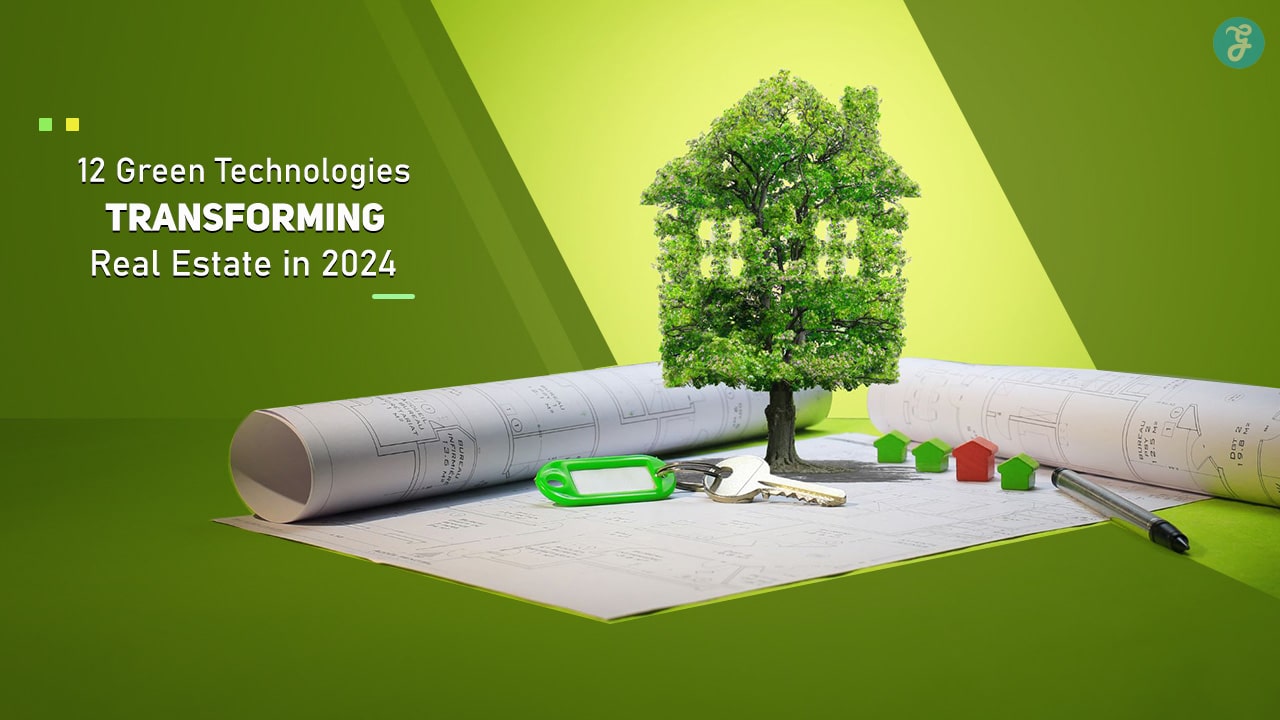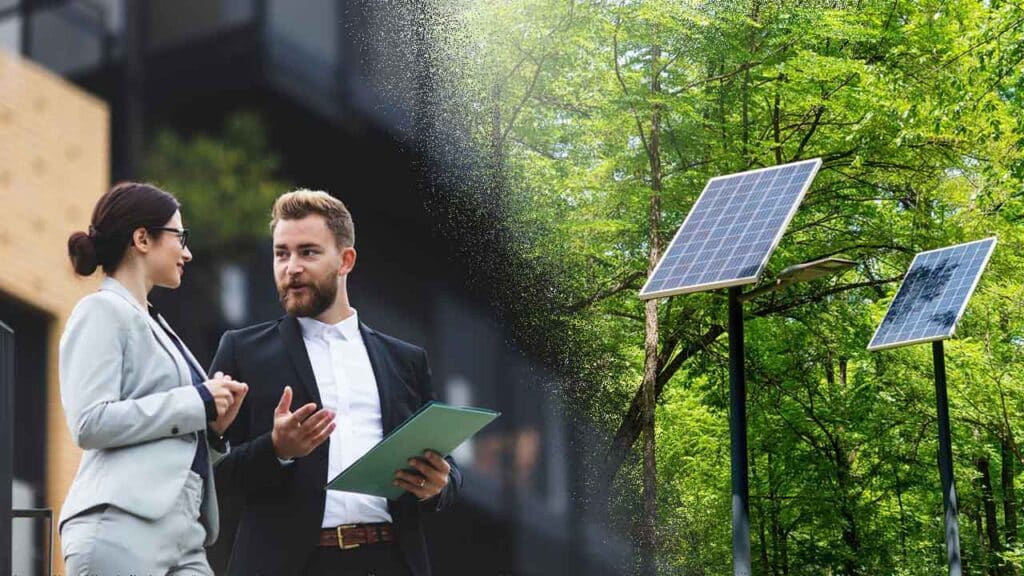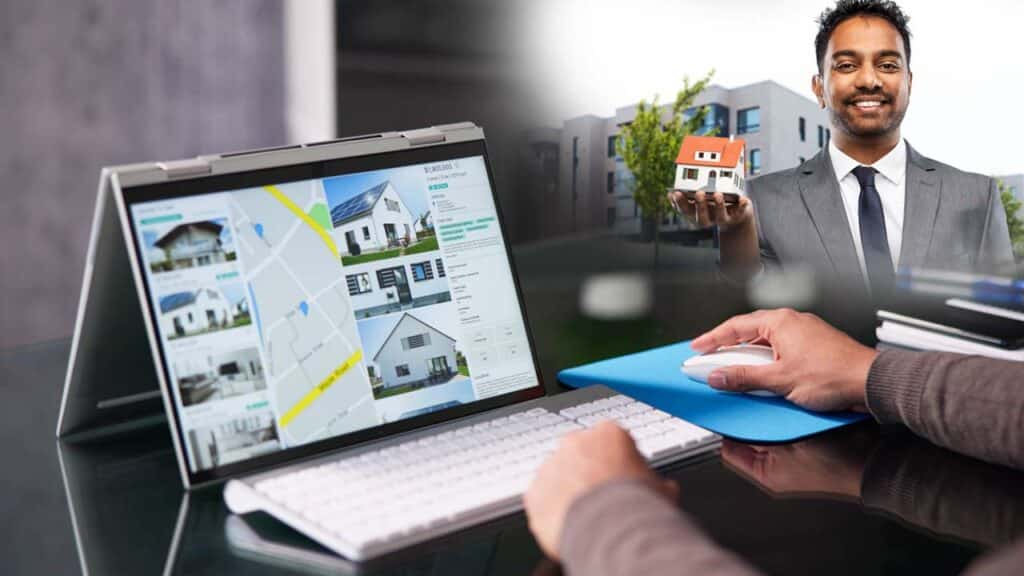The real estate industry is undergoing a transformative shift as sustainability and eco-conscious practices become essential for long-term growth and environmental stewardship.
Green technologies are at the forefront of this revolution, enabling builders, homeowners, and developers to reduce carbon footprints, improve energy efficiency, and create healthier living environments.
In this article, we’ll explore 12 green technologies that are reshaping the real estate landscape in 2025.
These innovations not only address pressing environmental concerns but also add value to properties and appeal to eco-conscious buyers.
1. Solar Roofing Systems
Solar roofing systems integrate photovoltaic (PV) panels directly into the structure of a roof, making renewable energy generation seamless and aesthetically pleasing.
Key Features
- Integrated Solar Panels: Combine traditional roofing materials with energy-generating solar cells.
- Durability: High resistance to weather conditions.
- Energy Independence: Reduces reliance on traditional power grids.
Impact on Real Estate
Properties with solar roofing systems experience increased market value and lower utility costs.
Example Technology: Tesla Solar Roof tiles offer energy efficiency without compromising aesthetics.
2. Smart Energy Management Systems
Smart energy management systems use AI and IoT (Internet of Things) to monitor and optimize energy consumption in real estate properties.
Key Features
- Automated Monitoring: Tracks real-time energy usage.
- Remote Control: Allows homeowners to manage appliances via smartphone apps.
- Energy Savings: Adjusts energy use based on patterns and needs.
Impact on Real Estate
Reduces energy waste, lowers costs, and appeals to tech-savvy buyers.
Example Technology: Google Nest Thermostat uses AI to optimize heating and cooling based on user behavior.
3. Energy-Efficient Windows
Energy-efficient windows minimize heat transfer, keeping homes cooler in summer and warmer in winter while reducing energy usage.
Key Features
- Low-E Glass: Reflects heat while allowing light to pass through.
- Double or Triple Glazing: Enhances insulation.
- UV Protection: Prevents interior fading from sunlight.
Impact on Real Estate
Increases property value and reduces heating and cooling costs.
Example Technology: Andersen Windows offers products designed to meet strict energy efficiency standards.
4. Green Roofs and Living Walls
Green roofs and living walls involve the integration of vegetation into building design, providing insulation, air purification, and aesthetic appeal.
Key Features
- Thermal Insulation: Reduces energy required for heating and cooling.
- Rainwater Management: Absorbs rainfall, reducing runoff.
- Improved Air Quality: Plants filter pollutants.
Impact on Real Estate
Improves urban biodiversity and reduces utility bills, making properties more attractive to eco-conscious buyers.
Example Technology: ZinCo offers advanced green roof systems for commercial and residential buildings.
5. Geothermal Heating and Cooling Systems
Geothermal systems use the earth’s stable underground temperature to heat and cool buildings efficiently.
Key Features
- Sustainable Energy Source: Utilizes renewable geothermal energy.
- Lower Operating Costs: Reduces energy bills by up to 50%.
- Long Lifespan: Systems last for decades with minimal maintenance.
Impact on Real Estate
Boosts the appeal of properties with sustainable energy solutions.
Example Technology: Dandelion Energy provides geothermal systems for residential homes.
6. Advanced Water Recycling Systems
Water recycling systems collect, treat, and reuse water for various purposes, reducing overall consumption.
Key Features
- Greywater Recycling: Reuses water from sinks and showers for irrigation.
- Rainwater Harvesting: Captures and stores rainwater for later use.
- Smart Irrigation Systems: Uses sensors to optimize water usage for landscaping.
Impact on Real Estate
Conserves water resources, reduces utility costs, and meets growing demand for sustainable living solutions.
Example Technology: Hydraloop offers compact water recycling units for homes and offices.
7. Modular Construction
Modular construction uses prefabricated components that are assembled on-site, minimizing waste and construction time.
Key Features
- Sustainable Materials: Uses eco-friendly building materials.
- Reduced Waste: Prefabrication ensures precise material usage.
- Faster Construction: Cuts building timelines significantly.
Impact on Real Estate
Enhances affordability and sustainability while reducing construction’s environmental impact.
Example Technology: Katerra employs modular construction techniques to build eco-friendly properties.
8. Net-Zero Energy Buildings
Net-zero energy buildings (NZEBs) generate as much energy as they consume, often using a combination of renewable energy and efficiency measures.
Key Features
- Solar Panels: Primary energy source for NZEBs.
- High-Performance Insulation: Reduces energy leakage.
- Energy Storage: Batteries store surplus energy for later use.
Impact on Real Estate
Highly desirable for buyers prioritizing sustainability and long-term savings.
Example Technology: The EDGE in Amsterdam is a leading example of a net-zero energy commercial building.
9. Sustainable Building Materials
Sustainable materials, like bamboo, recycled steel, and hempcrete, minimize the environmental impact of construction.
Key Features
- Low Carbon Footprint: Uses materials with minimal emissions.
- Durability: Many sustainable materials are stronger than traditional ones.
- Recyclability: Can be reused or repurposed at the end of their lifespan.
Impact on Real Estate
Adds eco-friendly credibility to developments and attracts environmentally conscious buyers.
Example Technology: Hempcrete is a lightweight, sustainable alternative to concrete.
10. Smart Home Automation
Smart home technology integrates energy-efficient devices into a centralized system for optimized functionality and reduced energy usage.
Key Features
- Energy Monitoring: Tracks and reduces energy consumption.
- Voice Control: Operates appliances using voice commands.
- Integrated Ecosystems: Connects lighting, security, and HVAC systems.
Impact on Real Estate
Enhances convenience and efficiency, increasing property value.
Example Technology: Amazon Alexa integrates with various smart devices for streamlined automation.
11. Waste Management Technologies
Waste management technologies in real estate focus on reducing, reusing, and recycling construction and operational waste.
Key Features
- Smart Waste Bins: Use sensors to monitor waste levels and optimize collection routes.
- Construction Waste Recycling: Converts debris into reusable materials.
- Composting Systems: Processes organic waste on-site.
Impact on Real Estate
Promotes a circular economy and lowers environmental impact.
Example Technology: Bigbelly smart waste bins optimize waste collection in urban areas.
12. Battery Storage Solutions
Battery storage systems store energy from renewable sources like solar panels, ensuring consistent power supply.
Key Features
- Energy Independence: Reduces reliance on the grid.
- Backup Power: Provides electricity during outages.
- Scalability: Can be expanded for larger properties.
Impact on Real Estate
Makes properties resilient and attractive to buyers valuing energy security.
Example Technology: Tesla Powerwall offers scalable battery storage for residential and commercial properties.
Conclusion
Green technologies are transforming the real estate industry by making properties more sustainable, efficient, and valuable. These innovations not only address environmental challenges but also offer financial benefits to property owners and developers.
As we move into 2025, adopting these technologies will be key for staying competitive in the evolving real estate landscape.
Whether you’re a developer, investor, or homeowner, embracing these advancements can help you contribute to a greener future while reaping long-term rewards.
Start exploring these technologies today to revolutionize your real estate ventures!






































